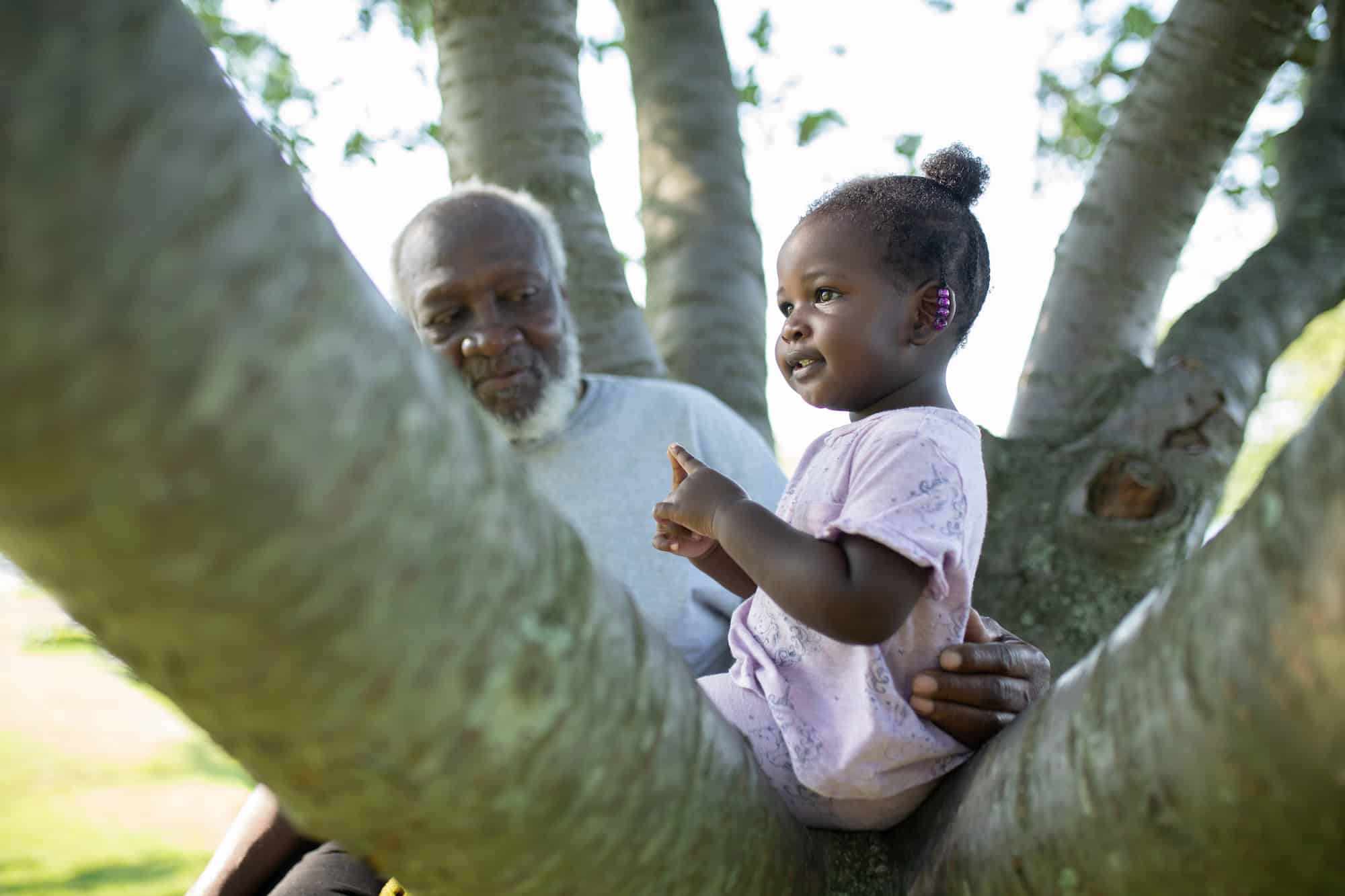ChildSafe Organisation vs Safe Ministry: Understanding the Critical Differences
Church leaders often encounter two important terms in safeguarding conversations: ChildSafe Organisation and Safe Ministry. Though frequently used interchangeably, these frameworks serve different purposes and have distinct requirements. Understanding these differences is essential for churches to fulfill their complete safeguarding responsibilities effectively.
This guide clarifies how these frameworks differ, where they complement each other, and explains why systems like Safe Ministry Check are valuable for churches navigating both sets of requirements.
What Defines a ChildSafe Organisation?

A ChildSafe Organisation implements the National Principles for Child Safe Organisations—a comprehensive framework developed by the Australian Human Rights Commission. This approach applies broadly to all organisations working with children, including:
- Schools and educational institutions
- Community sports and recreation groups
- Charitable organisations
- Faith communities and churches
The framework emphasises several crucial areas:
- Strong leadership commitment and governance structures
- Comprehensive risk identification and management
- Meaningful child participation and empowerment
- Rigorous screening and ongoing professional development
- Transparent complaint handling and continuous improvement
What Constitutes Safe Ministry?
Safe Ministry represents safeguarding practices specifically developed for Christian contexts. This framework incorporates theological understanding, ethical standards, and pastoral considerations alongside legal obligations. Throughout Australia, denominational bodies typically require member churches to implement Safe Ministry programmes covering:
- Thorough church volunteer screening processes including Working With Children Checks
- Specialised training addressing unique church ministry contexts
- Policy development informed by both biblical principles and legal requirements
- Cultural transformation within church communities
Safe Ministry distinctively focuses on serving all vulnerable people through a Christian lens of care, accountability and stewardship.

Essential Differences Between ChildSafe and Safe Ministry
Aspect | ChildSafe Organisation | Safe Ministry |
Scope | All organisations serving children | Churches and Christian ministries |
Developed by | Australian Human Rights Commission | Denominational bodies and church networks |
Foundation | National Principles | Scripture, ethical frameworks, legal requirements |
Child focus | Primary | Significant component |
Other vulnerable groups | Limited focus | Comprehensive inclusion (elderly, disabled, etc.) |
Compliance nature | Often statutory (state-dependent) | Required by denominations and insurers |
How Safe Ministry Check Bridges Both Frameworks
Safe Ministry Check was specifically designed for church contexts while incorporating alignment with ChildSafe Organisation principles . The platform provides:
- ✅ Comprehensive & automated volunteer screening
- ✅ Role-specific online training modules for different ministry responsibilities
- ✅ Customisable policy templates meeting national standards
- ✅ Centralised compliance tracking with automatic reminders
- ✅ Secure, organised record-keeping systems
By implementing Safe Ministry Check, churches simultaneously satisfy internal ministry requirements while meeting broader community expectations and standards.
Common Questions: Navigating ChildSafe and Safe Ministry Requirements
Safe Ministry provides a strong foundation for many child safety principles but may need supplementation. A church with robust Safe Ministry practices has established many essential elements of becoming a ChildSafe Organisation, though specific state requirements may necessitate additional measures.
Absolutely. Churches must align with both their denominational Safe Ministry requirements and the applicable national child safety standards for their state or territory. This dual approach ensures comprehensive protection.
The ChildSafe Organisation framework increasingly carries legal authority in states like Victoria and NSW. While Safe Ministry may not always be explicitly legislated, it’s typically mandated by denominational governance and insurance providers.
Yes, comprehensively. Safe Ministry Check was purposefully developed to help churches meet both Safe Ministry expectations and align with ChildSafe Organisation principles through a single, integrated system.
Understanding these frameworks enables church leaders to develop comprehensive safeguarding approaches that protect children and vulnerable people while fulfilling both moral and legal obligations. By recognising where these frameworks overlap and diverge, churches can implement systems that satisfy all requirements efficiently and effectively.
